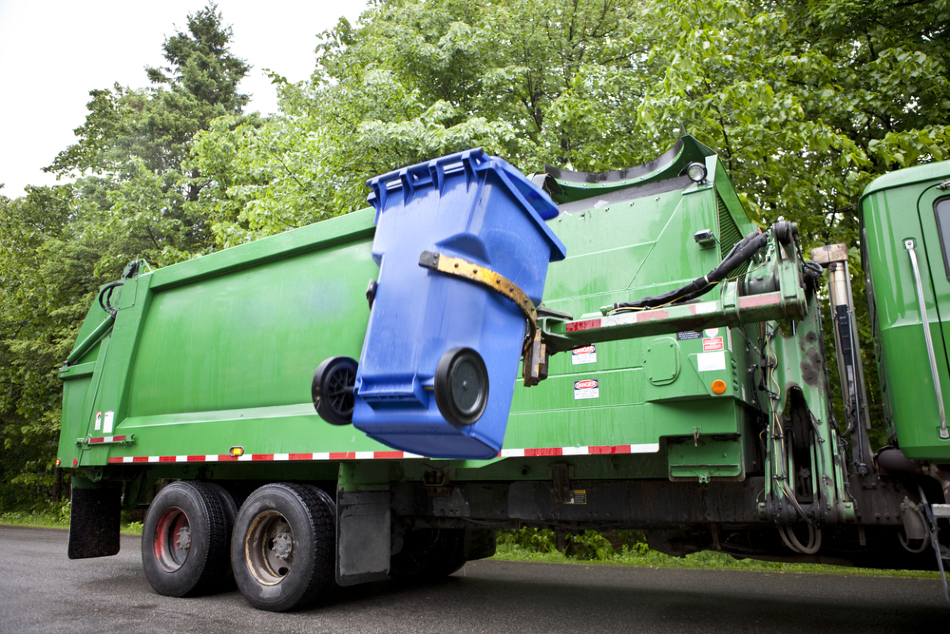Sep 18 2012

Image Credit: Paul Vasarhelyi/Shutterstock.com
Article updated on 04/03/20 by Ben Pilkington
As the global population rises, the accumulation of waste is making relevant management solutions more challenging. A rise in plastic and electronic waste means materials containing chemicals will pollute local rivers and lakes, posing a risk to local wildlife and aquatic life.
The biodegradability of waste products is an important factor in determining effective waste management. The build-up of non-biodegradable waste is a threat to humans and terrestrial organisms.
The most common method for disposing of waste is to store it in landfills, a practice that can be observed in most countries, which amounts to a high level of global municipal waste. As well as using landfills (recognized as an appropriate means of disposing of waste), many areas recycle.
Whether enough effort is being invested in recycling or not is an on-going question, and pressure will continue to mount on how best to overcome the long-term issue of reducing the volume of waste.
Recently, ZenRobotics, who specialize in robotic recycling technology, has developed the ZenRobotics Recycler. This is a robotic waste sorting system that is capable of sorting raw solid waste from construction and demolition waste.
ZenRobotics Recycler – How Does it Work?
The ZenRobotics Recycler is a waste sorting system designed and engineered with a series of robotic components. The system has a waste infeed section at one end of the sorter that delivers waste products to a chamber. The chamber contains robotic arms designed to sort the waste by adopting multiple sorting tasks, such as reclaiming the raw waste material and cleaning off contaminants.
With this technology, the process of removing toxic substances from waste involves isolating the electronic and PVC material. The following video demonstrates the ZenRobotics Recycler in action.
ZenRobotics Case Carl F - Recycling robots ensure efficient waste sorting
Video Credit: ZenRobotics/YouTube.com
An interesting functional principle to this waste-handling robot is the integration of multiple sensors to help isolate the raw material. The main stream of sensors engineered into this robotic structure includes visible spectrum cameras, NIR, 3D laser scanners, haptics, transillumination, and metal detectors. This sensory network has been referred to by ZenRobotics as the ‘ZenRobotics Brain’.
To support the sensory network system that helps articulate the ZenRobotics Recycler, an algorithm has been designed based on the functional principle of the human cerebellum. This resulted in an effective problem-solving method that encompasses the timing of movements, fine-tuning actions, and coordination. The designers intended to create a system that allows the robot to react to emerging situations and identify solutions to a problem.
The sensor fusion system allows the robot to isolate past and present data and analyze products that are not wanted during the waste sorting process – an innovative and highly-sophisticated application for waste management.
Advantages of the ZenRobotics Recycler
- Purer yield – enabled by the sensor network and robot’s ability to isolate wanted material – earns a better price in the market.
- The tipping fee – the charge for a given quantity of waste material delivered to a processing site – is reduced as this intricate sorting process limits the quantity of waste being transported to a landfill site.
- Recovery and purification of biosynthetic products is time-consuming and costly, using the ZenRobotics Recycler to remove contaminants from materials limits process time.
The concept of a fine-tuned robotic structure to sort waste products is only part of the solution to waste management. It needs to be balanced with more pressure on those generating the waste to actively keep solid waste material separate from other waste and make the material handling process more efficient at recycling facilities.